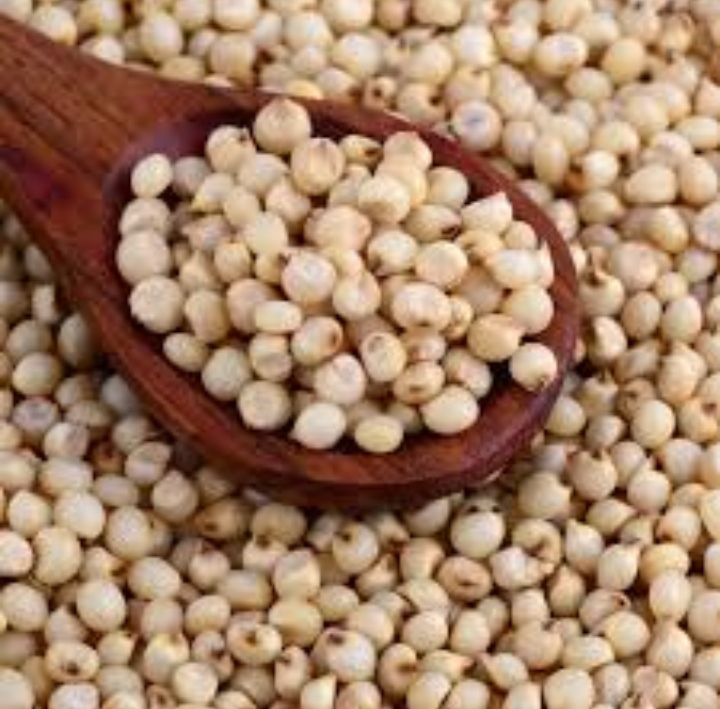The Surprising Health Benefits of Millets
The Surprising Health Benefits of Millets: Why you should add them to your diet
One healthy food that has been part of our diet since ancient times is millet. This cereal grain is a great source of fibre and minerals and provides many health benefits. Millets are the 1st crops to be domesticated by mankind and have been grown in Asia for over 6000 years.
Millets
are actually small cereal grains that have been in existence for thousands of years. They can grow easily even under extreme conditions, which is why, in places with poor soil and scarce water supplies, they represent an essential source of food. That gives fullness to your stomach and benefits from a wide variety of nutrients.
Eating millets daily can be considered good for your health as they are a
nutrient-rich whole grain, packed with fibre, protein, vitamins, and minerals,
which can help you with blood sugar control, digestive health, heart health, and
weight management. However, it's important to moderate your intake and
consider potential individual sensitivities or dietary needs.
Understandably, it is understood
by consumers and people in general as
to why millet is important for our nutritional needs and for
the food security of our ever-growing population. The United Nations had declared the
year 2023 as the International Year of Millets on India's
recommendation.
Nutritional Profile of Millet
Millets are high in dietary fibre, which is beneficial for digestive health and can help prevent constipation. Dietary fibre is abundant in millets, its level may go as high as 8-12%. Thus, a rich intake of millet promotes gut health, assists with maintaining stable sugar levels, and is even considered a medium of effective weight control through increased feelings of satiety.
Millets are rich in protein; in fact, they contain a good amount of plant-based protein, making them a great choice for vegetarians and vegans. Millets contain a reasonable amount of proteins that range between 7 and 12%.Compared to legumes or even animal sources, millets have excellent potential as a plant-based protein source, as it is suitable for vegetarians and even for vegans.
Millets are loaded with essential vitamins and minerals; they are a good source of minerals like magnesium, phosphorus, iron, potassium, and B vitamins, which support various body functions, from energy production to bone health.
Millets are rich in antioxidants, which help combat oxidative stress and may reduce the risk of chronic diseases like heart disease and cancer.
Minerals found in Millets
Calcium: finger millets, such as ragi, are relatively rich in calcium. This prevents the weakening of bones and teeth. For instance, ragi can contain as much as 350 mg of calcium per 100 grams.
Phosphorus: Another very important mineral in millets is phosphorus, which goes into bone production and energy in the body. The content of this mineral in various millets generally ranges between 200-300 mg per 100 grams.
Potassium: Millets are rich in potassium, which maintains healthy heart and muscle functions. The potassium across different millet crops may vary between 100 and 250 mg/100 g.Zinc: Millets have low amounts of zinc, a crucial mineral that fights infection and promotes wound healing. Zinc content varies between 1-3 mg/100 g.
Health Benefits of Eating Millets
Regulates Blood Sugar Levels: Millets have a low glycemic index, meaning they release energy slowly into the bloodstream, making them an excellent choice for people with diabetes or those looking to maintain stable blood sugar levels.
Promotes Heart Health: The high levels of magnesium and potassium in millet can help lower blood pressure and reduce the risk of heart disease.
Boosts Bone Health: Millets are a good source of magnesium, which plays a key role in maintaining strong bones and preventing conditions like osteoporosis.
Helps with Weight Management: The combination of fibre and protein in millets helps with satiety, reducing hunger and preventing overeating, which can aid in weight loss.
Popular millets
1. Pearl Millet (Bajra)
Pearl millet, also known as bajra, traces its roots back to the vast landscapes of Africa, and the diverse terrains of India. Found in regions with minimal rainfall, this gluten-free wonder grain packs a nutritional punch. Brimming with protein, fibre, and essential minerals like iron and magnesium. Bajra stands tall as a resilient and wholesome addition to your plate.
It is commonly available in India, Africa, and parts of the Middle East. It is extensively applied in flatbread preparation, such as bajra roti and porridge. It is rich in fibre, iron, and magnesium, is beneficial for heart health, boosts immunity, and improves digestion.
2. Finger Millet (Ragi)
It is grown in abundance in the southern parts of India. Finger millet, fondly called ragi, is a calcium powerhouse, making it an outstanding ally for bone health. From comforting porridges to delectable baked goods, ragi proves that nutrition and taste coexist harmoniously.











Comments